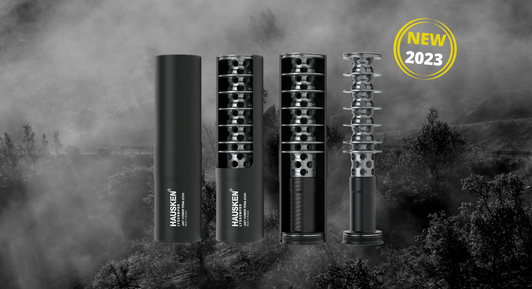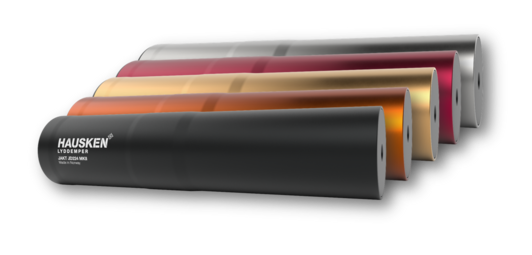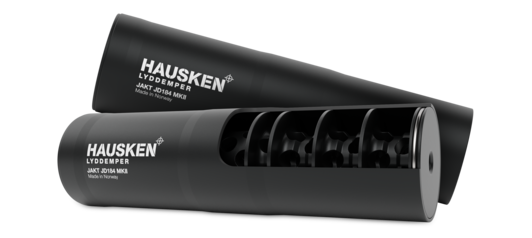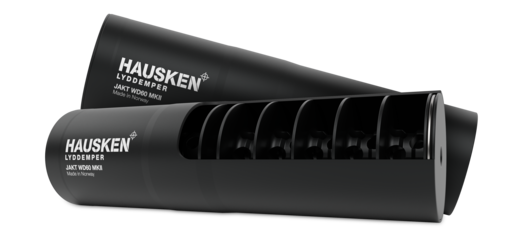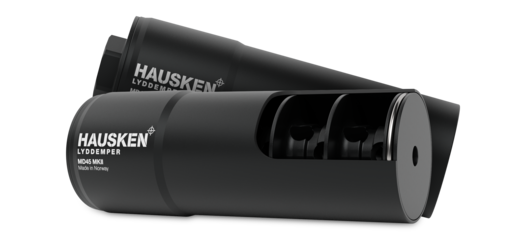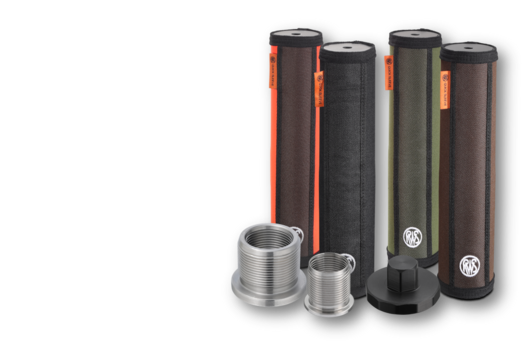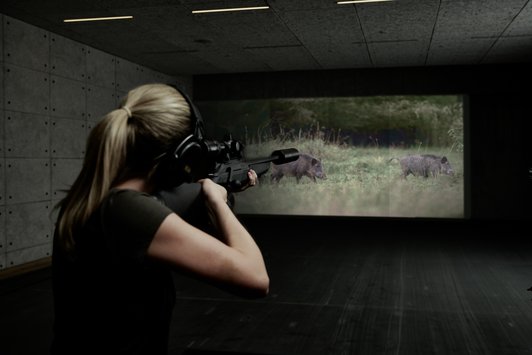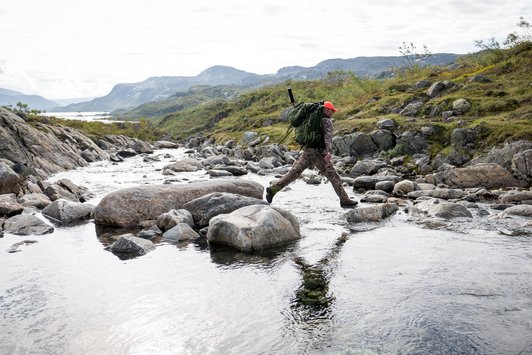EXPERIENCE
THE FEELING
The sense of touch is essential, enabling us to feel textures and handle equipment with precision in hunting and sport shooting. It enhances safety, fine motor skills, and overall performance. Protect and appreciate this vital sense for an immersive and successful experience.
Maintaining balance
Aside from the blast and the muzzle flash, the recoil produced is another unpleasant aspect of shooting. In the case of rifles with high recoil, therefore, the type of impact and a firm retraction of the rifle into the shoulder are particularly important.
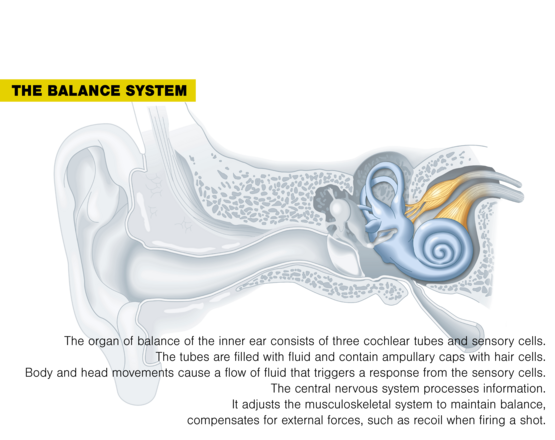
The balance organ in the inner ear keeps the body’s stance/posture stable. This ‘system’ has three tubes in the cochlea with sensory cells. The individual tubes are filled with fluid. In addition, each tube contains a small, fleshy mound called the ampullary cupula. It is covered with tiny sensory cells, aka hair cells. With every slightest movement of the body/head, the fluid in the arcuates flows in a certain direction, with the sensory cells moving along with the flow. Information obtained from the balance organ is processed in the central nervous system, which sends signals to the musculoskeletal system to compensate for the forces acting on the body – including the recoil energy released when firing a shot. People are therefore able to maintain balance and spatial orientation.
Reducing recoil with silencers
Using a silencer can significantly reduce a firearm’s recoil. This happens in two ways: First, the weapon weight is increased by the silencer weight (approximately 250 - 1500 g) - the higher total mass reduces the recoil velocity according to the law of conservation of momentum. Secondly, the silencer acts as an enclosed muzzle brake that allows the gas pressure to relax prior to exit.
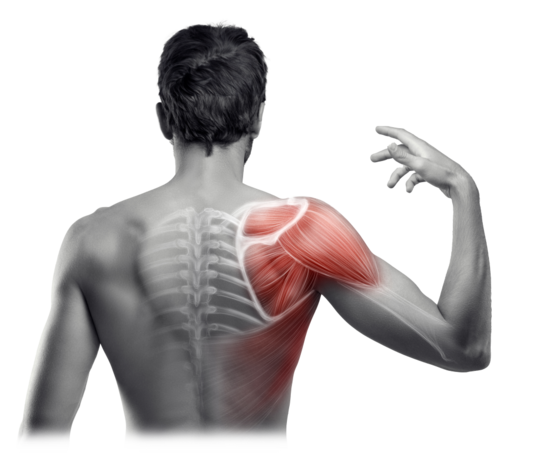
Turbulence is introduced to the flow of gas by the internal design of the silencer (usually baffles). TIt loses power and velocity and finally flows out through the muzzle opening at a slower rate. The heat absorption of the silencer has a considerable effect on the cooling of the swath gases and thus leads to an additional pressure reduction. Recoil is significantly reduced because the gun has almost no high impact due to the reduced recoil energy - depending on the caliber. If reshooting is necessary, this can happen much faster with less recoil and the shooter's shoulder is also spared in the process.
